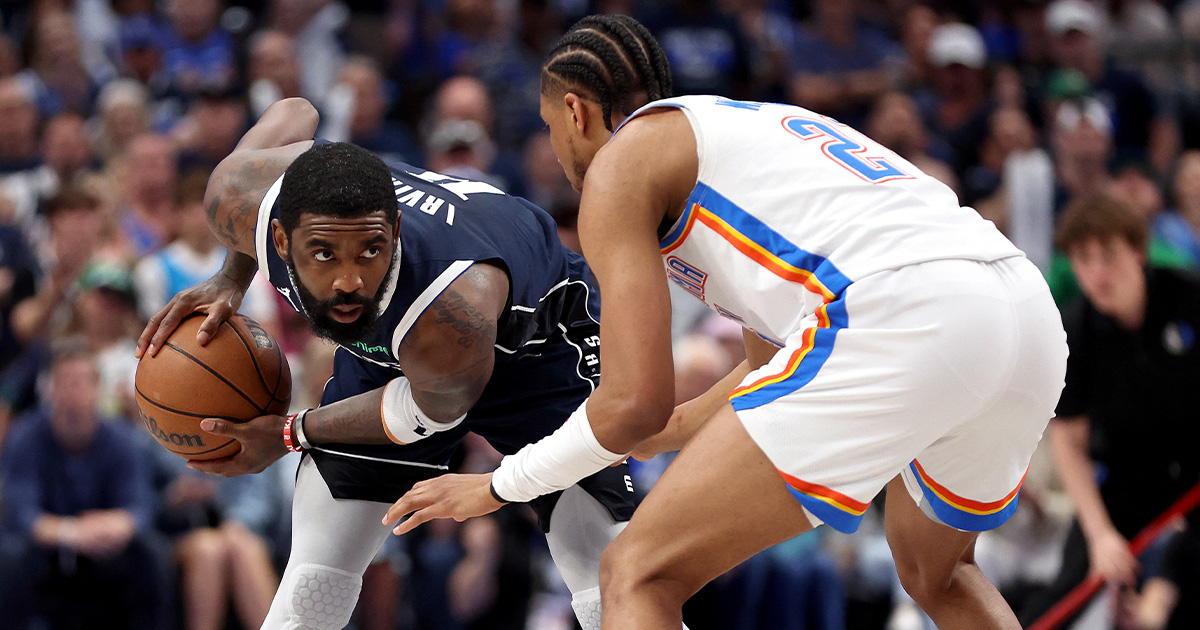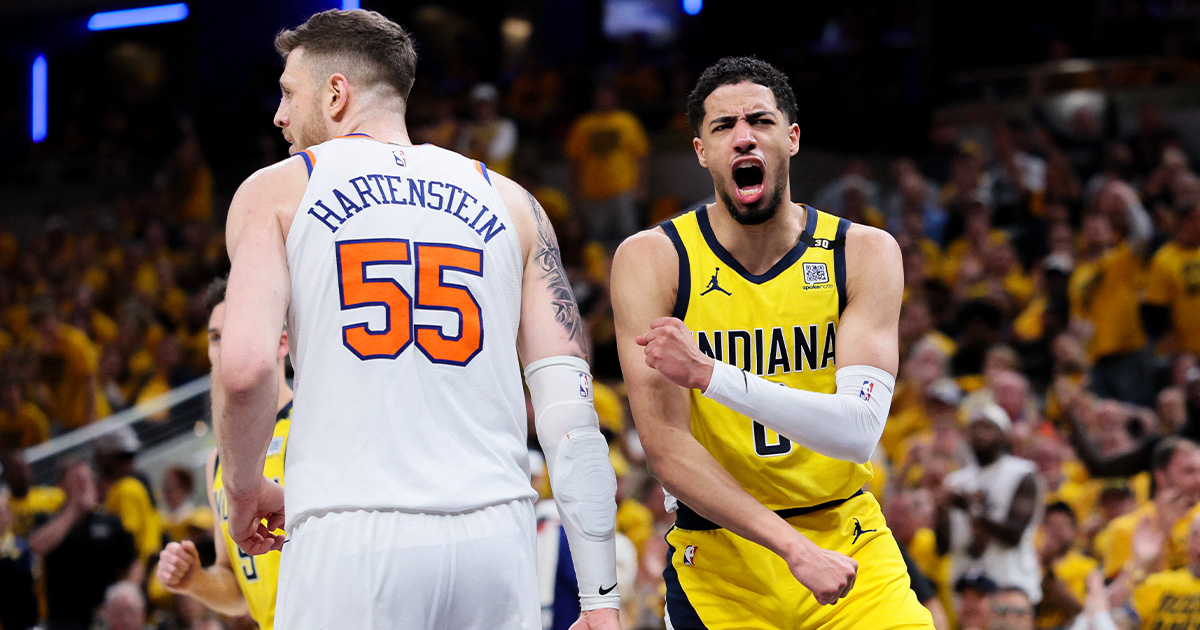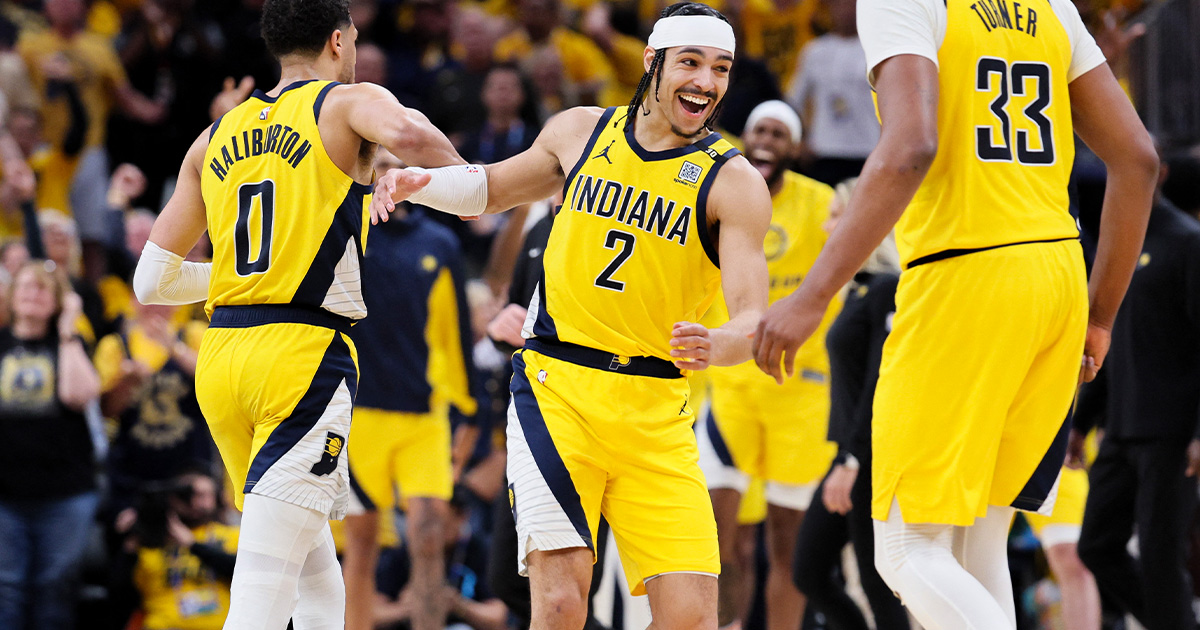If you’re unfamiliar with the idea of a Battle Pass, you must be living under a rock. Most recognizable free-to-play multiplayer video games have taken a liking to this style of in-app/in-game purchases. One such game is DOTA 2, the multiplayer online battle arena with some of the largest overall prize pools in all of eSports.
How exactly does The International Battle Pass play a role in DOTA 2’s huge success? It’s quite an ingenious one from the innovators of the Battle Pass system, because only Fortnite has ever come close to the MOBA in prize pools.
What is The International Battle Pass?
Given its name, The International Battle Pass is a purchasable item for real-life currency that grants access to various features involving The International tournament. In addition, cosmetic items become earnable by players with the Battle Pass. To gain these rewards, players simply need to play the game and they gain experience points until they level up and obtain the corresponding rewards for said level.
If desired, a player may buy levels depending on what Valve offers (usually in increments of 25 levels) for an additional price. This allows them to skip a good amount of leveling and immediately reap the rewards for the levels they bought.
The Battle Pass system is a common feature among free-to-play games as a way to keep players active by having some form of progression to work towards. However, usual Battle Passes are typically paid to gain access to the rewards. Some games have a free portion of the battle pass offering basic rewards, with the paid version adding more rewards to existing levels.
How did DOTA 2, the supposed innovator of such system since the 2013 Compendium, make this marketing strategy in a free-to-play game extremely viable?
The perfect system for the perfect audience
DOTA 2 is a game played in PC through Steam, a video game distribution digital service by Valve. In said service, you can digitally purchase a variety of games with the in-house currency of Steam Wallet, as well as other downloadable content (DLCs) that are in some games.
Since most of the games in Steam need to be paid from at least $2 (PHP 100) to around $60 (PHP 3000) estimated, the service caters to the gamers who typically have a job and are able to pay for their own games to a degree. This extends to DLCs as well, including The Compendium.
With a platform where people are willingly spending money in games, surely DOTA 2 players would not be shy to pay at least $10 (PHP 500) for a good amount of content they can get while playing the same game. The stars have aligned for Valve, leading them to reach over $34 million in The International 2019 prize pools.
Contribution to The International Prize Pool
In addition to providing tournament-related features and cosmetics, another selling point of the Battle Pass is that 25% of the proceeds will go to the prize pool of said tournament. The biggest example was, as mentioned, The International 2019. The base prize was only $1.6 million, but the prize from crowdfunding (i.e. The International 2019 Battle Pass and other related bundles) reached over $32.6 million.
In essence, the playerbase themselves have supplied over 95% of the entire prize pool for one of the biggest eSports tournaments in contemporary history. The players are mainly responsible for bringing DOTA 2 up to recognition for having the biggest prize pools for four consecutive years, with Fortnite only managing to reach Top 5.
Concluding Thoughts
No other free-to-play game could ever replicate and surpass DOTA 2’s genius strategy of profiting from small increments of a single in-game purchase from over 500 thousand current players. With over four years of topping the previous tournaments’ prize pools, one could only imagine how much The International 2020’s prize pool would be.
Do you think Valve is creative for the innovative idea of battle passes? Are there any other free-to-play games that could potentially match DOTA 2’s numbers? Let us know!
















